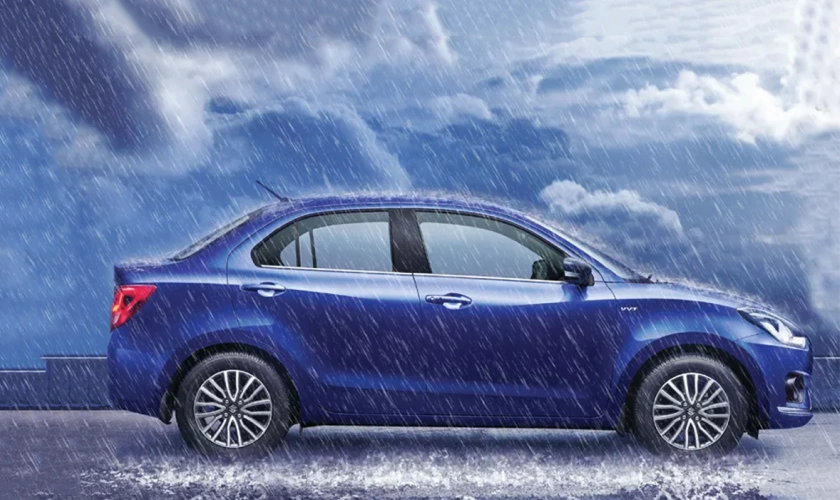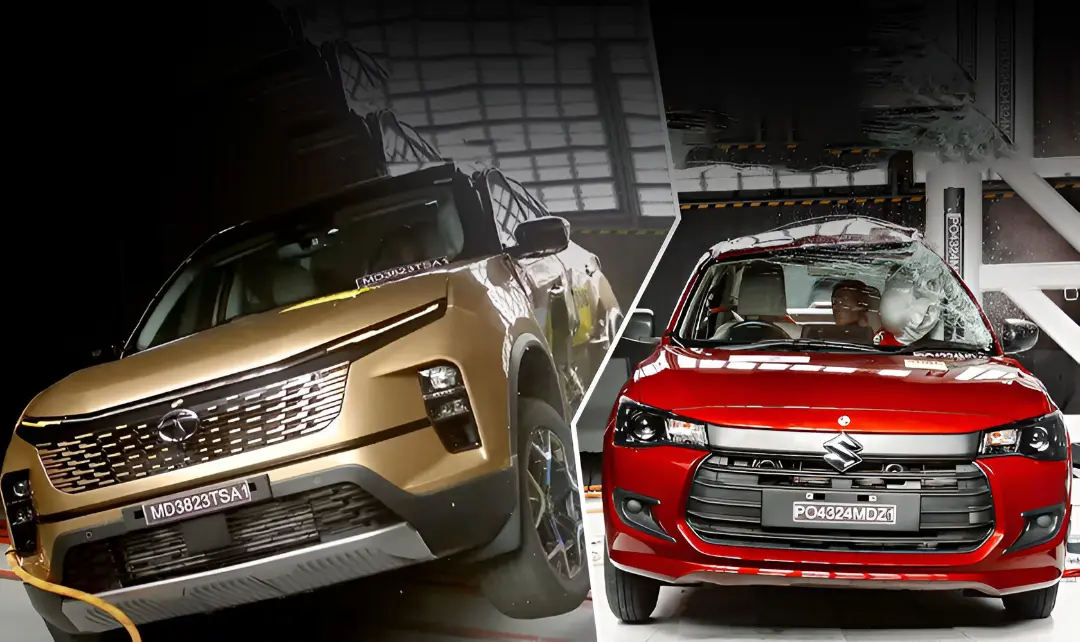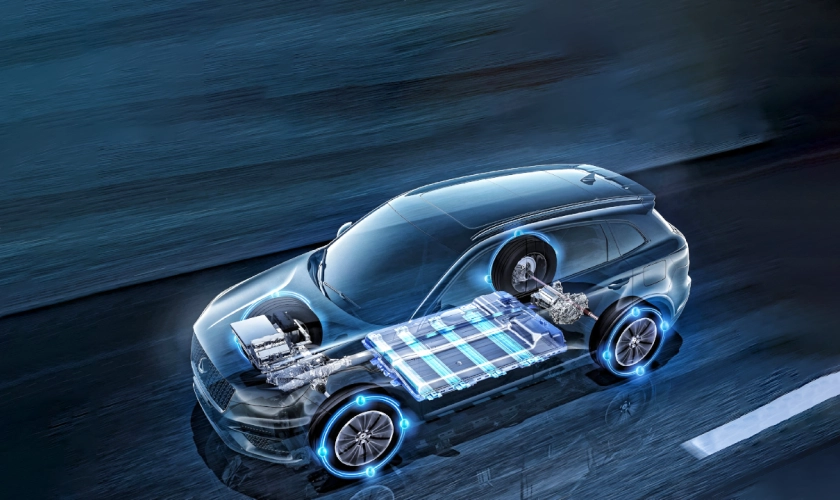

Blog Chapters
Toggle25 Jul 2025, 07:31 PM
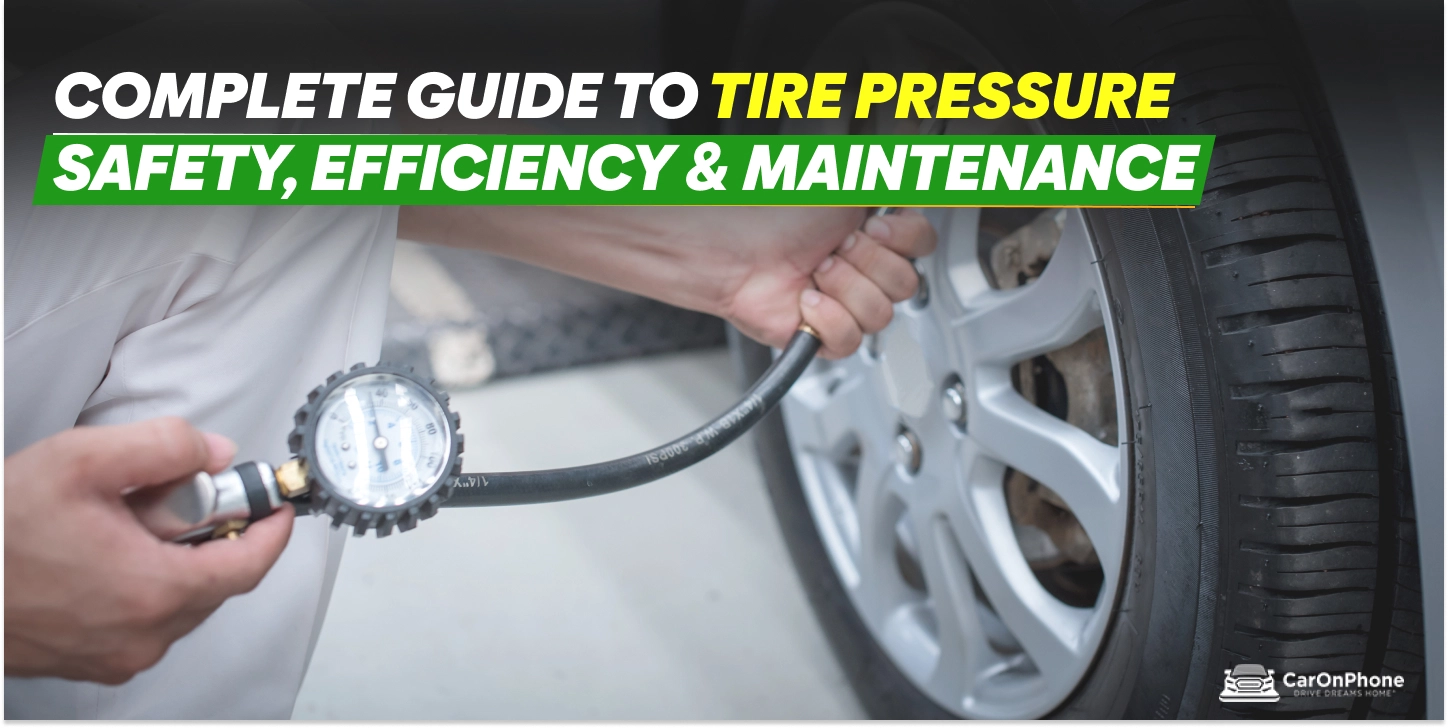
Maintaining optimal tire pressure is one of the simplest yet most impactful maintenance tasks you can perform for your vehicle.
This tire pressure guide covers every question you might have – from locating your recommended tire pressure to troubleshooting your TPMS system.
Proper inflation not only promotes safer handling and shorter braking distances but also boosts fuel economy and extends tire life.
Let’s dive into the key queries that drivers face every day about tire pressure.
Blog Chapters
ToggleLook for your vehicle’s placard, usually mounted on the driver’s door jamb. It lists the recommended tire pressure for daily car operations. This is measured in pounds per square inch (PSI). These values apply when tires are “cold.” This means the car hasn’t been driven for at least three hours.
Never inflate to the maximum PSI stamped on the tire sidewall. That number is the structural limit, not the optimal setting. Always follow the manufacturer’s specs for front and rear tires.
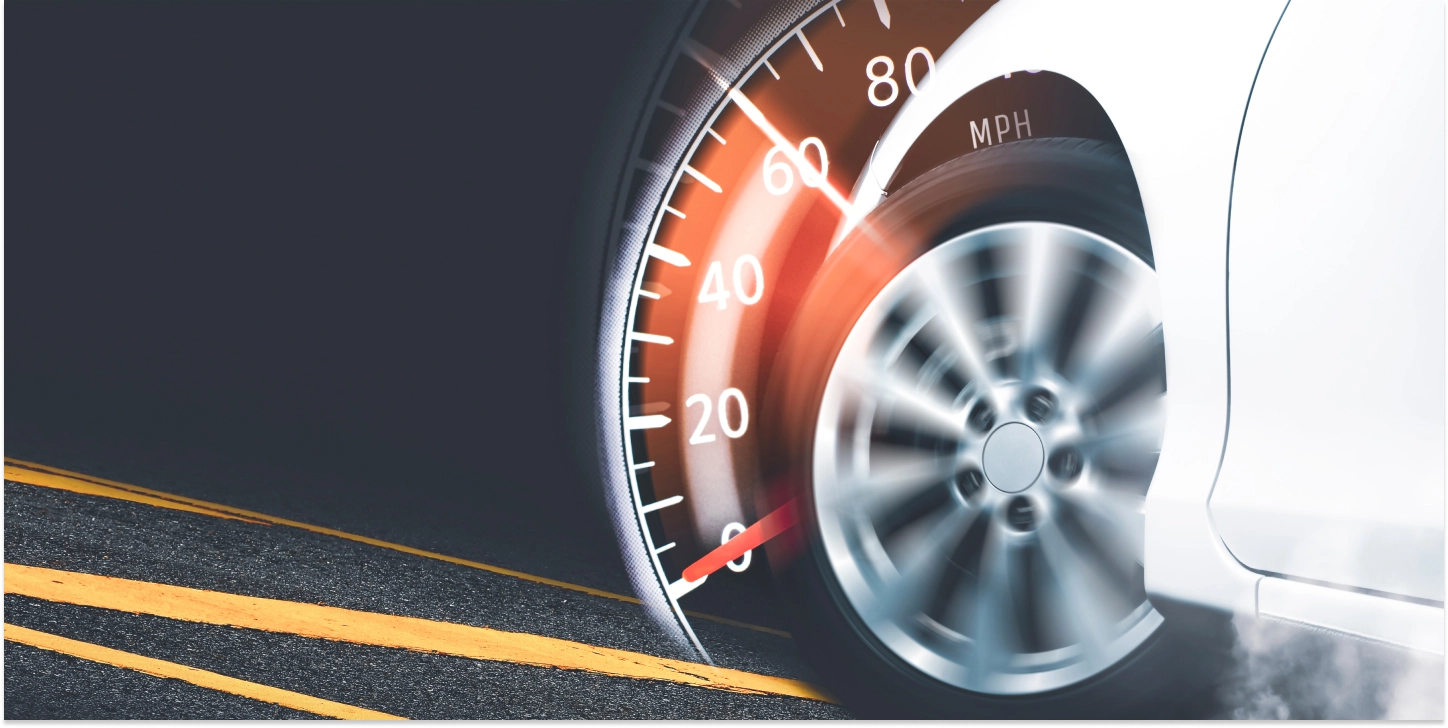
Improperly inflated tires increase rolling resistance. This forces your engine to work harder and burn more fuel.
On average, every 1 PSI below the recommended tire pressure can lower fuel economy by up to 0.2%. Over one year, that adds up to significantly high fuel costs.
Maintaining correct tire pressure not only saves money but also reduces carbon emissions by improving overall on-road efficiency.
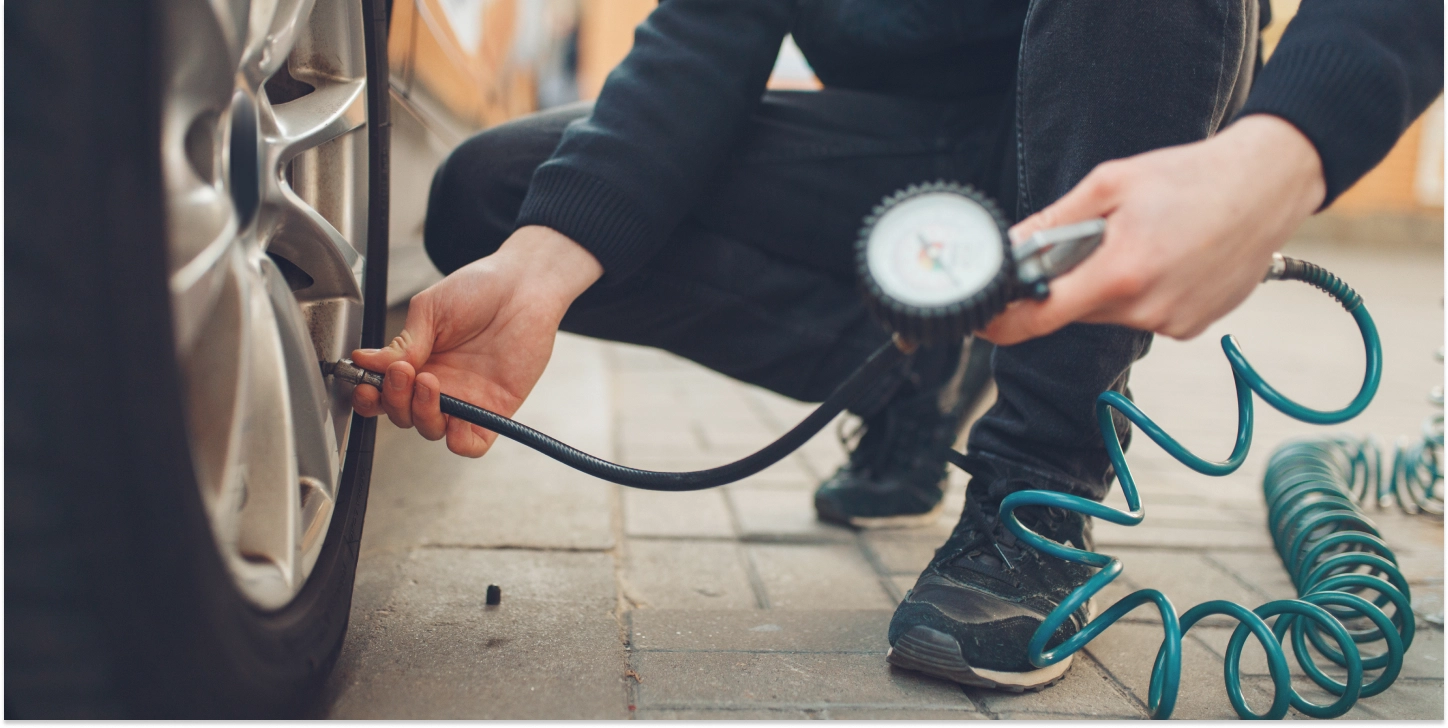
Driving on low tire pressure risks traction, handling, and braking distance. This is especially concerning in wet or icy conditions. Under-inflated tires can overheat, leading to premature wear and sidewall bulges; even blowouts.
Modern vehicles include TPMS (Tire Pressure Monitoring System) lights. These alert you when tire pressure drops approx. 25% below the recommended level. That said, you should not rely solely on this warning feature. Regular checks can prevent hidden problems.
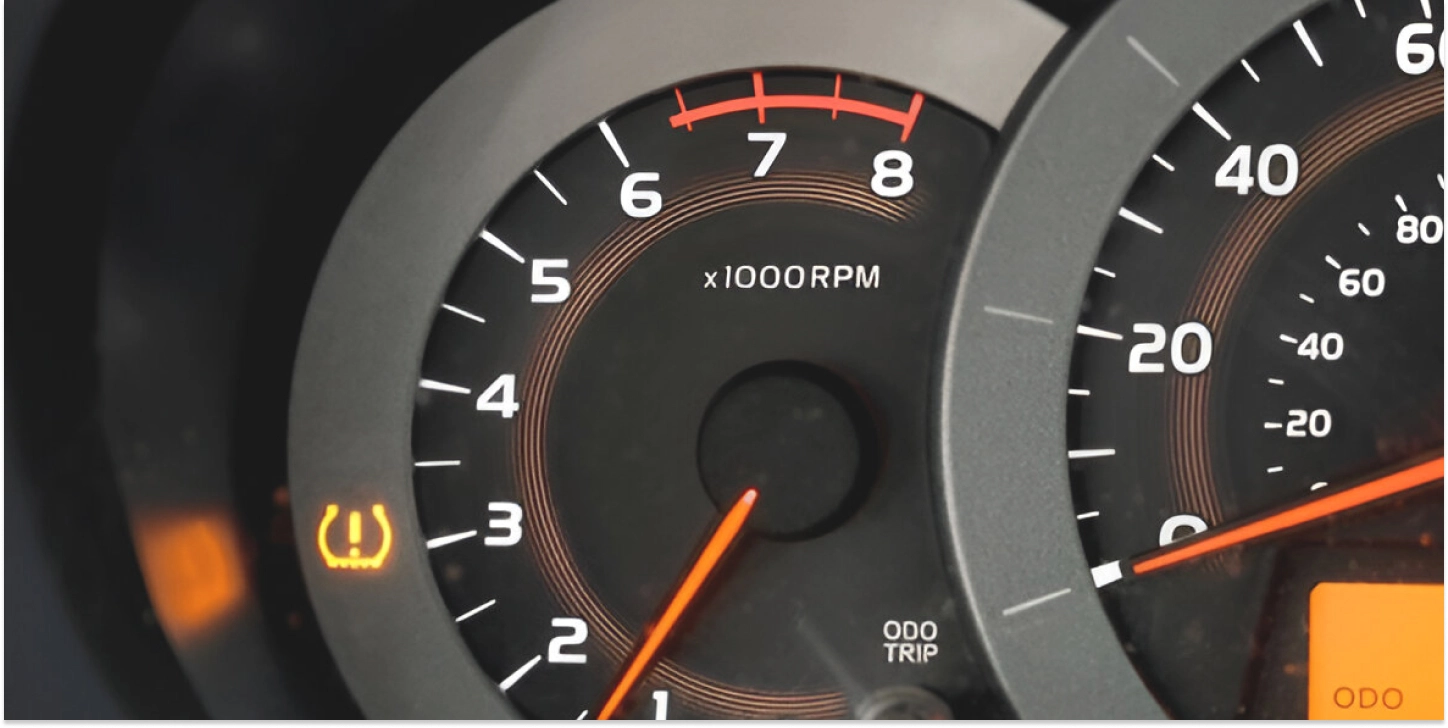
Once you have inflated your tires to the correct tire pressure, you can reset the TPMS light by following these steps:
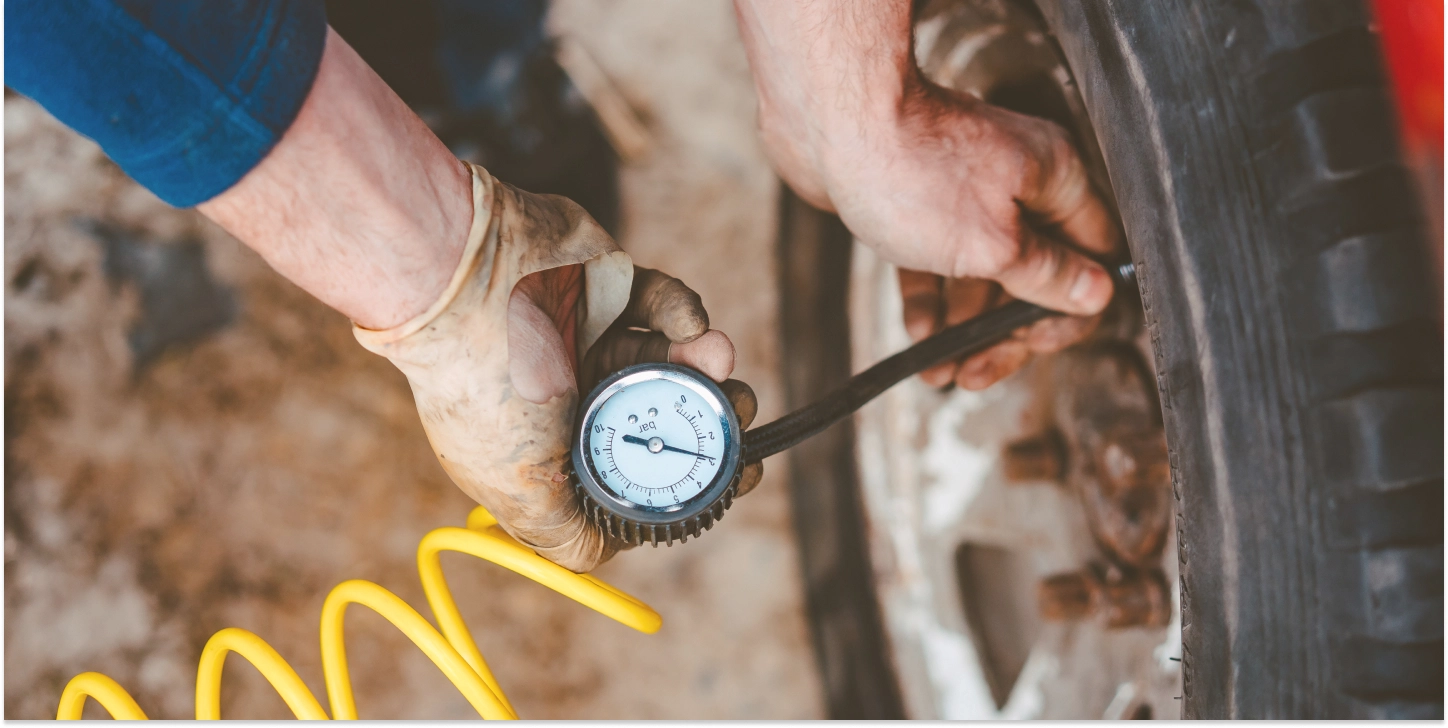
You can perform safe and routine tire pressure checks as recommended below:
Frequent checks will help you maintain even tread wear, ensure better handling, and enjoy optimal comfort.
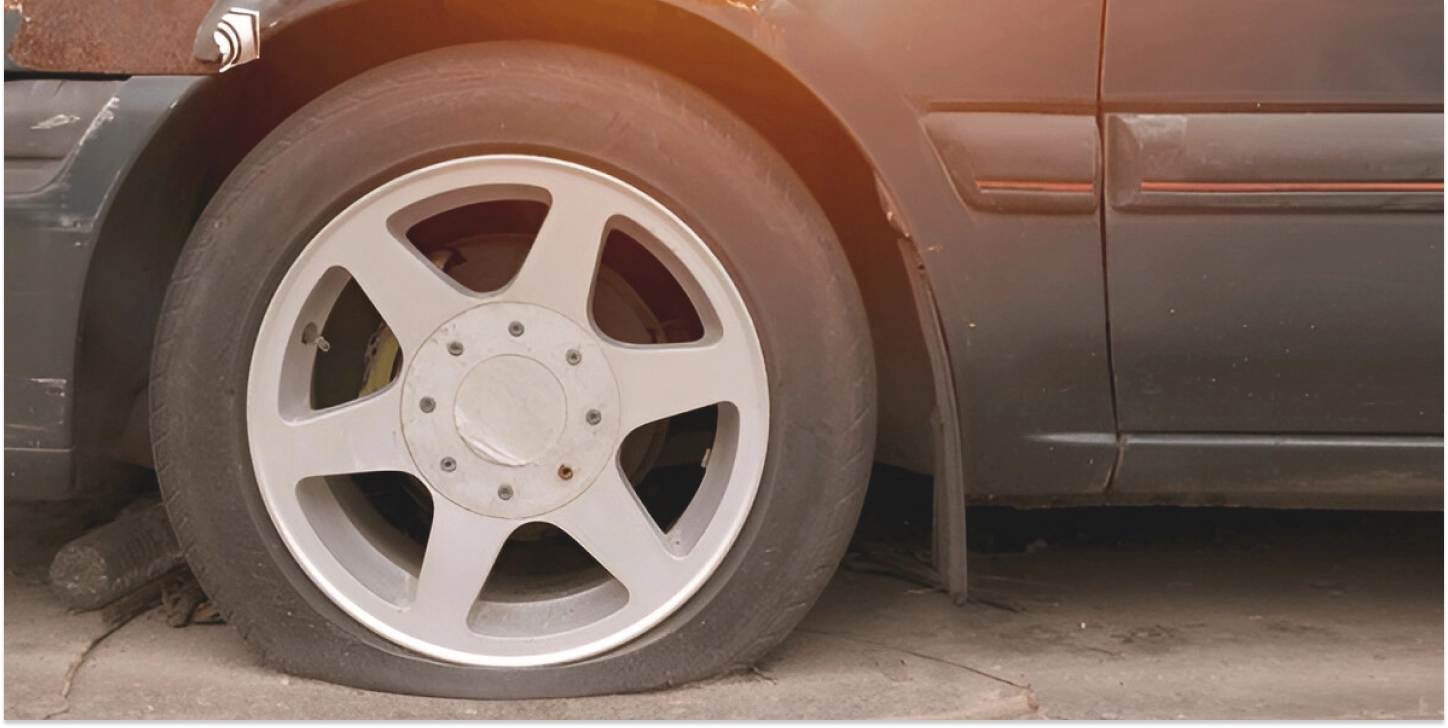
Hot ambient temperatures can and will heat the air inside your tires, thereby raising their pressure. Over-inflation can cause the center tread to wear out faster. This will result in a harsher ride.
Follow these steps during extreme heat weather:
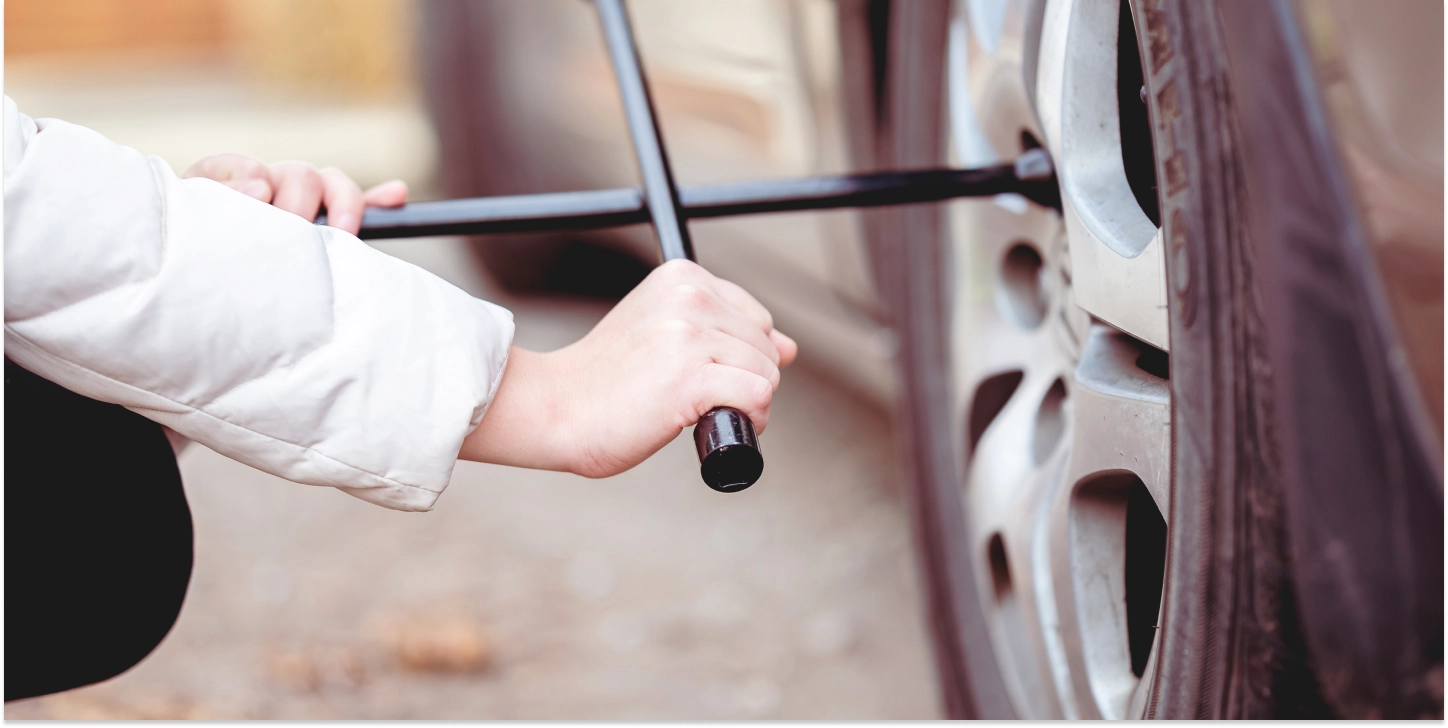
If you don’t have a pressure gauge on hand, try these field methods instead:
For greater accuracy, buy a compact digital tire pressure gauge. They will save you money through improved fuel efficiency and longer tire life. You can find reliable models starting from ₹399 to ₹1,499. These prices depend on the inclusion of features like backlit LCD screens, multiple pressure units, and ergonomic grips.
Keeping your tire pressure within the recommended range requires small effort but comes with big dividends. Use this tire pressure guide to drive safer, save fuel, and maximize tire longevity.
Regular inspections paired with correct inflation will make your on-road experience smoother and more reliable. Your car deserves care and attention. So too your car tires.
CarOnPhone is your one-stop destination to see all upcoming cars, latest cars, released cars, and EV Cars, and compare Cars in all Car Brands. Stay tuned and follow us to update yourself on the automotive world.




